How Often To Water English Ivy? (Ivy Watering Guide)
English Ivy is a gorgeous evergreen perennial native to the Eastern regions of Europe and Western Asia. It is a low-maintenance plant that does not need too much care, but one important part that determines its health is its watering.
You should water your English ivy plant once a week. Ivy enjoys slightly drier soil, so you must match the watering to its needs and water them only when you find the top soil is dry. Overwatering and wet soil can lead to root rot; thus, you must always check the soil before watering.
In this article, I will provide you with the watering details for your English ivy, the various factors that affect watering, and more. So keep reading.

Please note: Simplify Plants is reader-supported. Some links in the post are affiliate links and I get a commission from purchases made through links in the post.
Why is scheduled watering not correct for your English ivy?
I have killed my gorgeous ivy due to the mistake of overwatering it.
I had watered my plant without checking if it needed to be watered and continued this for some time.
Because of this, my ivy underwent root rot, and I could not save it.
You must not follow the same watering pattern all year round because factors like season, humidity, light, and temperature affect the soil’s water intake capacity.
How often to water English ivy indoors?
How frequently you have to water your English ivy depends on multiple other factors like:
Size of the plant
The bigger the plant is, the more water it consumes.
A smaller plant will absorb less water.
| Plant size | Watering frequency |
|---|---|
| Smaller plant | Every 7-14 days |
| Mature plant | Every 3-5 days |
Temperature
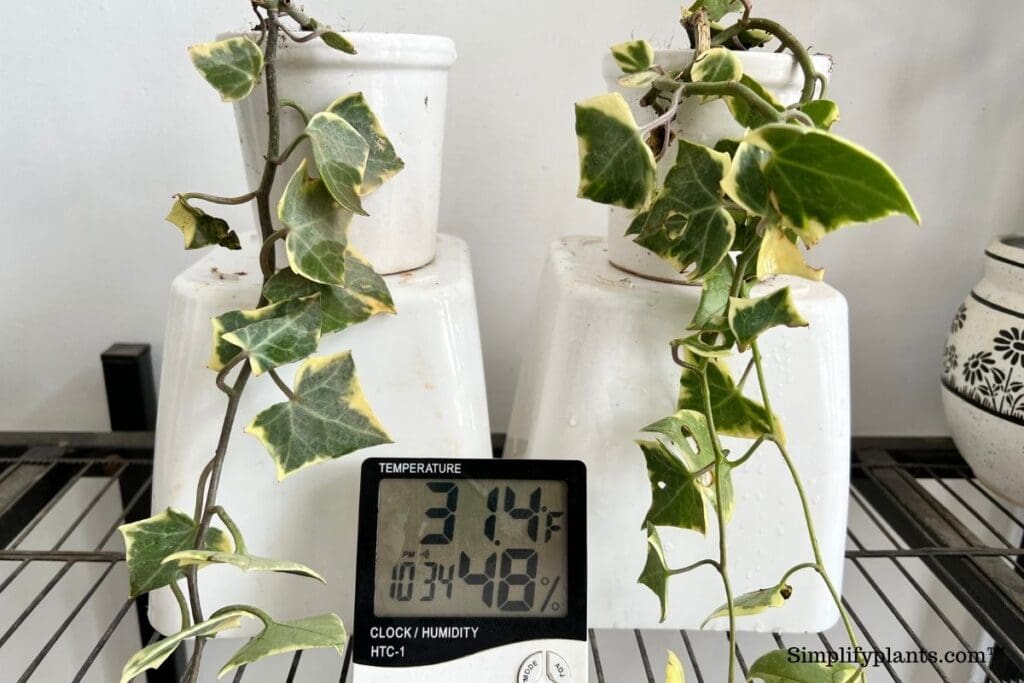
The ideal temperature to grow English ivy is 70 to 90°F.
If the temperature in your region is high, the soil will dry up faster.
As a result, it will need more frequent watering.
However, the plant will need less water when the temperatures are cooler.
You must cut down watering in winters because the growth rate decreases and the plant’s water intake reduces.
| Temperature | Watering frequency |
|---|---|
| More than 65°F | Every 3-5 days |
| Lower than 65°F | 7-14 days |
Humidity
English ivy plants love humidity around them.
They will stay happy in humid areas like bright bathrooms or laundry rooms.
But the humidity level can also affect the water requirement of the plant.
The plant will need water less often when the humidity levels are high, and if the humidity levels are low, the soil will dry up faster, and the plant will need water more often.
| Humidity level | Watering frequency |
|---|---|
| Low humidity | Every 3-5 days |
| High humidity | Every 7-15 days |
Type of pot
A porous terracotta or clay pot helps dry up the soil quicker.
It helps prevent overwatering and root rot.
However, if you use plastic, metal, or ceramic pots, be careful because there is no airflow in these pots, and the soil stays wet for a long time.
Similarly, a bigger pot also holds more moisture, and the soil stays wet longer than a smaller pot which dries quickly.
| Type of pot | Watering frequency |
|---|---|
| Plastic/ceramic | 7-14 days |
| Clay | 3-5 days |
Potting mix

Well-draining loose soil helps drain out quickly, keeping it drier than the clumpy clayey soil that holds water and restricts airflow.
Good drainage is vital for the health of the plant.
If the soil has poor drainage, the excess water will not drain out, causing soggy soil and root rot issues.
You can improve the soil’s drainage by adding perlite, sand, coco peat, etc.
It helps to keep the soil light and loose by allowing airflow.
Seasons
One of the worst mistakes is following the same watering pattern in all seasons.
Spring and summers are the most active periods for your ivy, and it grows rapidly with the help of bright light and a higher level of photosynthesis.
How often to water English ivy in winter will differ from watering it in spring and summer.
Due to the plant’s dormancy, the plant’s activity reduces drastically in fall and winter, and the plant’s growth rate decreases.
This makes it absorb less water, which keeps the soil wet for longer days.
| Seasons | Watering frequency |
|---|---|
| Spring-summer | Every 3-5 days |
| Fall-winter | Every 7-14 days |
Watering and ventilation
Good ventilation around your plant is another vital factor on which your watering frequency depends.
The soil will dry quickly if your plant stays in a well-ventilated, airy, bright spot.
But if you grow your plant in a spot without airflow, the soil will stay soggy, giving rise to diseases.
Exposure to light

Light is the most important factor, along with water and air, that determines the health and growth of your plants.
When the plant is exposed to more light, it speeds up the process of evaporation, requiring more frequent watering.
But if your plant gets less light, it can hold moisture for longer.
Thus, you need to water it less frequently.
When should I water my English ivy?
English ivy prefers to be slightly on the drier side than be in the wet soil.
However, if you cut down watering, your plant will become dehydrated.
So, how do you know when to water it?
Here are a few ways to find that out.
Finger test
The most common way to feel whether the soil needs to be watered is by poking your finger into the top 1-2 inches of the soil.
If the soil sticks to your skin, that indicates there is still moisture in the soil, so you must wait.
But if the soil feels dry, you can water your plant.
Color of the potting soil
Dry soil gets grey and sometimes develops cracks on the surface.
But when the soil is wet or has moisture, it turns dark brown or black.
So you can decide by the color of the soil whether or not to water.

Weight of the pot
You can lift the pot to check the weight.
A drier soil mix will feel lighter.
And when the soil has moisture, it will be much heavier to lift.
Moisture meter
Certain plant growers have more faith in scientific gadgets than in these techniques.
A moisture meter is very effective for knowing if your plant needs water.
Insert the moisture meter 5-6 inches deep into the soil carefully not to hurt the roots.
Now see the readings on it.
If the reading shows between 1-3, you can water the soil, but if you see above 3, wait for the soil to dry more.
Curling leaves
English ivy leaves curl up when they become dehydrated.
This is done to prevent further moisture loss through transpiration and lock in moisture inside.
Droopy leaves

Droopy leaves can be signs of multiple problems like underwatering, root rot, low humidity, low light, etc.
If you see your ivy leaves wilted, try checking the soil to see whether it is dehydrated or if there are some other problems.
Is my English ivy overwatered or underwatered?
Underwatering happens when the soil does not get adequate watering, and as a result, the plant gets dry and shows symptoms like droopiness, wrinkled leaves, a frail body, etc.
Overwatering occurs when the soil remains wet for a considerable period, and it does not get time to dry out.
Overwatering cuts down the airflow in the soil, resulting in the roots suffocating.
The leaves begin to get brown, and sometimes rotting of the roots begins.
Some of the symptoms of over watering and watering get similar, but if you notice carefully, you will notice the difference.
| Overwatering | Underwatering |
|---|---|
| Soft mushy stem | Brittle crispy stem |
| Leaves feel limp and soft | Leaves get light, shriveled, and wrinkled |
| Mold and fungus growth in soil | Soil pulled away from the sides of the pot |
| Foul smell from the soil | Slow and stunted growth |
| Yellow and brown mushy leaves | Curling of leaves |
Signs of underwatering
- Yellow curling leaves: The leaves begin to show yellow spots and curl inwards.
- Droopy leaves: Another sign your English ivy will show is the witing of the leaves when dehydrated.
- Shriveled leaves: The underwatered plant’s leaves look small and shriveled.
How to fix an underwatered English Ivy?

Here’s how you fix an underwatered English Ivy plant:
- To fix an underwatered ivy, give it a thorough watering. Ensure to water until you see it coming out of the drainage holes.
- Soak the plant in a large bucket of water for 10-15 minutes. Ensure the bucket’s water level does not reach the top of the ivy pot.
- Reduce the gap between the watering days.
- Water the soil whenever you see the soil’s top inches are dry and do not let the soil stay dry for a long period.
- If you see your plant is getting dry too frequently, consider repotting it to a 2-inch bigger pot.
Can you overwater English ivy?
Overwatering is a scary mistake, and if kept unchecked, it can kill your plant by cutting down the oxygen supply and causing root rot.
English ivy is extremely sensitive to overwatering, so watch your watering.
Some of the signs of overwatering are:
- Soggy soil: If you notice the soil of your English ivy is constantly wet, it is a sign that you are overwatering the plant.
- Leaf drop: A constantly overwatered plant will start to shed leaves.
- Wilting: The leaves will look droopy and limp.
- Browning: An overwatered plant will appear to grow brown spots at the edges of the leaves
- Mildews: You may find white mildews or molds in the soil, which signifies that your soil is holding more moisture than required.
- Root rot: The nightmare for plant growers are their plants catching root rot. I lost multiple plants to root rots in the advanced stage, so I could not save the plants. But there is a chance to save it if you catch the rot in the early stages. Root rot happens when the roots fail to get air inside the soggy soil and starts to suffocate.
How to save an overwatered English Ivy?

Here’s how you save an overwatered English Ivy plant:
- Cut down on watering completely until the soil is absolutely dry.
- Shift the plant to a location that receives a lot of bright indirect light and ventilation.
- Do not fertilize the plant at this point as it is stressed.
- Trim the dead or brown leaves or mushy stems of the plant.
- Check for root rot if you get a foul smell from the soil or the plant looks sick. To do that, remove the plant’s roots from the soil and wash it under running water.
- Now inspect the roots. They should be white and healthy, but rotting has started if they have gotten brown and mushy. Trim off the mushy roots and replant them in fresh soil mix and clean pot. Use a combination of soil, compost, perlite, and sand to get the ideal soil for your English ivy.
- To prevent overwatering in the future, always water the soil only when the top soil is dry.
- Do not keep the leaves of your ivy wet for a long time, as that increases the chances of mold and fungus.
- Water or mist your plants only in the morning so that the plant does not sit on wet soil all night long, and during the day, the water evaporates quickly.
- Drainage is the key. Make sure you are using well-draining soil.
How to water English ivy?
There are two ways to water your houseplants, including English ivy.
Watering from the top and watering from the bottom.
Let’s take a look at both.
Watering from the top
Watering from the top is the more traditional method of watering.
However, it has several problems.
For example, the water splashing on the leaves can lead to fungus and salt accumulation.
Sometimes the water does not reach the roots, and the chances of waterlogging are also higher.
However, if you are a little careful, you can prevent these problems.
Make sure to water until it runs out of the holes at the bottom of the pot.
And do not keep the leaves wet for a longer time.
If you find the pot has stagnant water, tilt the pot slightly to drain the excess water.
Watering from the bottom
Many plant growers nowadays prefer bottom watering as it is thought to be more effective.
It ensures that the root absorbs the water and reduces the chances of overwatering.
Just fill a tray with water and let the pot sit in it for 30 minutes.
Once you see the soil has gotten moist enough, then you can remove the tray.
English ivy watering tips
- Always water when the top inches of the soil is dry. If you see it wet, wait until it is dry again.
- Cut down watering in the fall and winter seasons.
- Try to use filtered water or rainwater for your English ivy. Tap water contains minerals like chlorine, fluorine, etc., which are not good for your houseplants.
- If you have a tray underneath the pot to collect the excess water, do not forget to empty them.
- Water thoroughly whenever you do and wait until it’s dry. Do not practice frequent shallow watering.
Final thoughts
English ivy is a gorgeous plant that adds a lush green vibe to your indoor space. It does not require much attention. As long as it gets the right light and watering, it will be happy.
Do not let the plant sit in a wet puddle and keep it in a well-lit and ventilated spot. Water when the top few inches of the soil are dry and don’t use the same watering routine throughout the year.
I have mentioned all the variables you should keep in mind while watering, such as season, temperature, humidity, etc. Adjust your watering routine based on all of these.
Reference: Researchgate, University of Tennessee, Mississippi State University, Central Florida Research and Education Center, U.S. DEPARTMENT OF AGRICULTURE.
Recommended Garden Supplies
| Product Image | Our Recommended Gardening Supplies | Check Offers! |
|---|---|---|
Top Top
Top
Top
Top
Top
Top
Top
Top | rePotme Houseplant and Tropical Classic Potting Soil Mix | Check Offer On Amazon |
 Top
Top
Top
Top
Top
Top
Top
Top | Espoma Organic Indoor Plant Food | Check Offer On Amazon |
 Top
Top
Top
Top
Top
Top
Top
Top | GooingTop LED Grow Light 6000K Full Spectrum Clip Plant Growing Lamp | Check Offer On Amazon |
 Top
Top
Top
Top
Top
Top
Top
Top | Soil Moisture Meter | Check Offer On Amazon |
 Top
Top
Top
Top
Top
Top
Top
Top | Govee Hygrometer Thermometer, Bluetooth Enabled! | Check Offer On Amazon |
 Top
Top | LEVOIT Humidifiers for Large Room(Best For Plants) | Check Offer On Amazon |
 Top
Top
Top
Top
Top
Top
Top
Top | Upgraded DIY Automatic Drip Irrigation Kit, 15 Potted Houseplants Support | Check Offer On Amazon |
 Top
Top
Top
Top
Top
Top
Top
Top | Stainless Steel Heavy Duty Gardening Tool Set | Check Offer On Amazon |
 Top
Top
Top
Top
Top
Top
Top
Top | Bonide Insecticidal Soap | Check Offer On Amazon |
 Top
Top
Top
Top
Top
Top
Top
Top | Bonide 32 oz Spray Neem Oil for Organic Gardening | Check Offer On Amazon |
 Top
Top
Top
Top
Top
Top
Top
Top | Garden Safe Fungicide | Check Offer On Amazon |



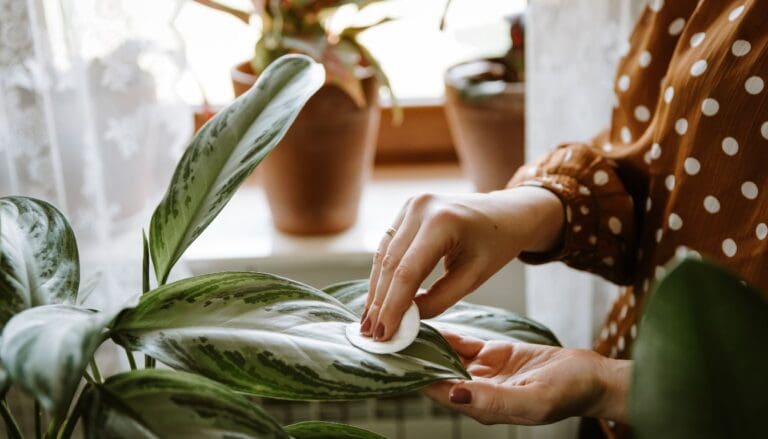
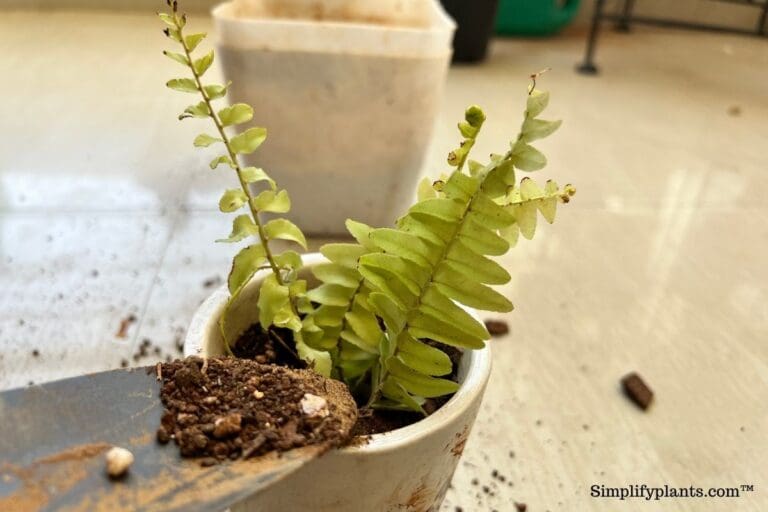
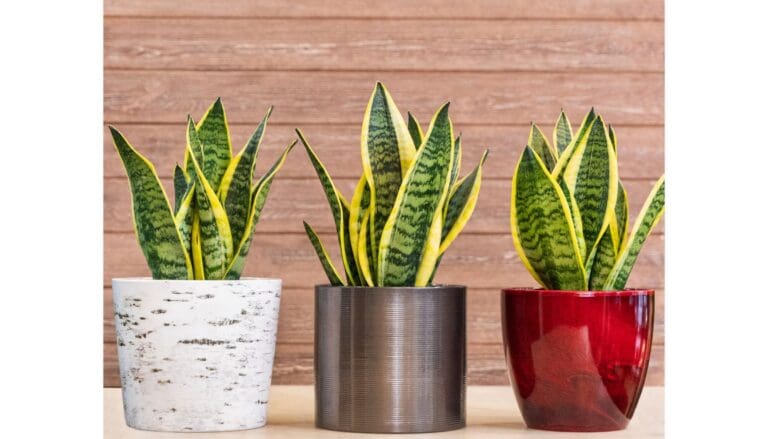
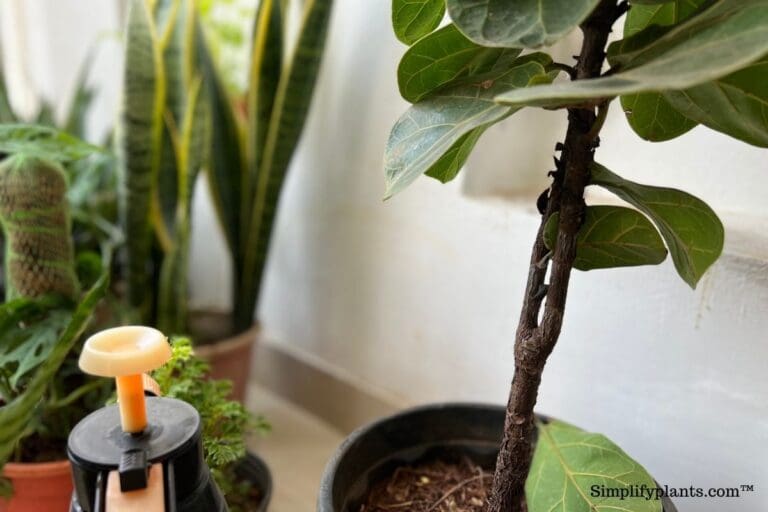
Incredible this help is definitely outstanding it truly helped me plus our kids, appreciate it!